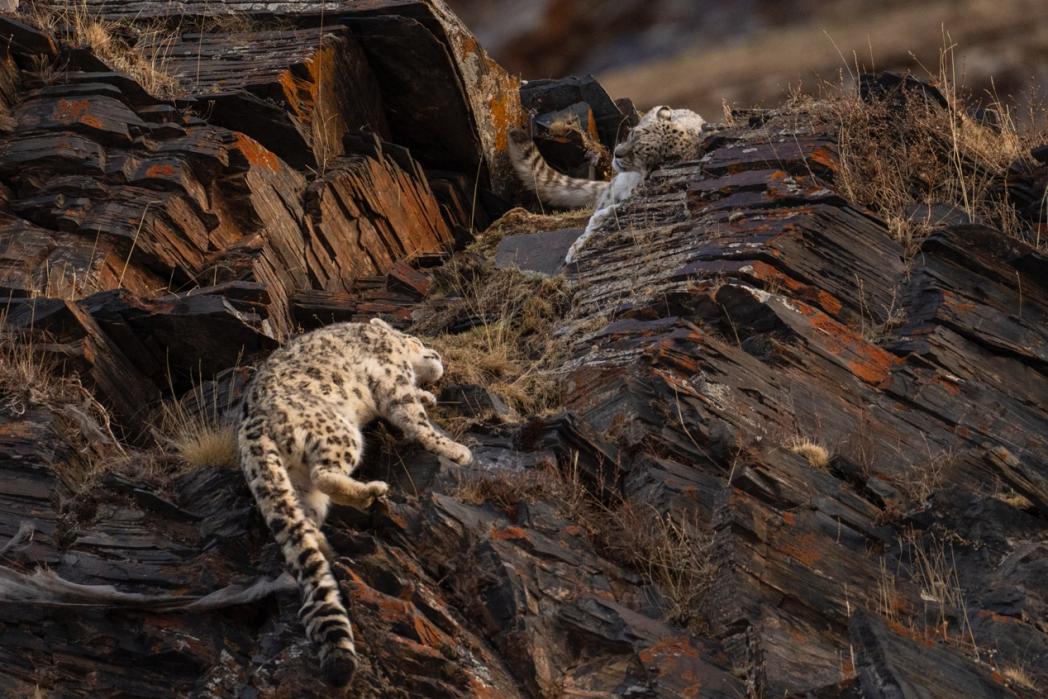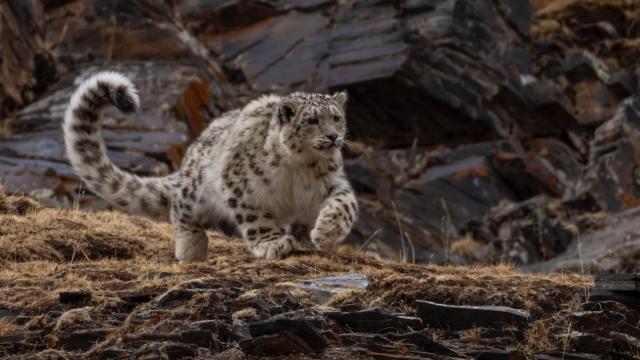WWF-China’s ‘Voice of a Ranger’ series shines a light on biodiversity conservation through personal storytelling. In this instalment, wildlife photographer Luo Xiaoyun recounts his experience documenting snow leopards in Sichuan Province, China. By showcasing these majestic big cats through Mr Luo's lens, WWF hopes to inspire more support for their protection.
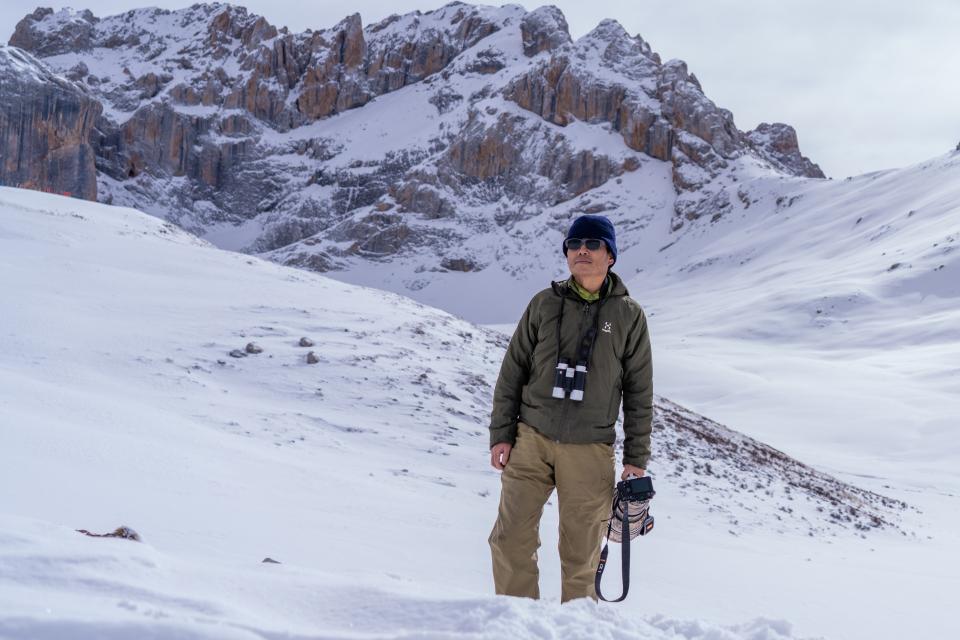
Luo Xiaoyun has been observing and photographing the growth and dispersion of female snow Zhuoma's 卓玛 family since 2020. During this time, Mr Luo witnessed as the only cub of Zhuoma's second litter - a female named Meiduo 梅朵 - came to terms with living more independently from her mum.
According to Mr. Luo, Meiduo had been acting like a mischievous kid. One minute she’s chasing bharals up the hillside, the next she’s bothering the yaks at the herders' place.
Mr Luo first saw Meiduo as a very young cub with her mother in 2021. He named her Meiduo which means ‘flower’ in Tibetan.
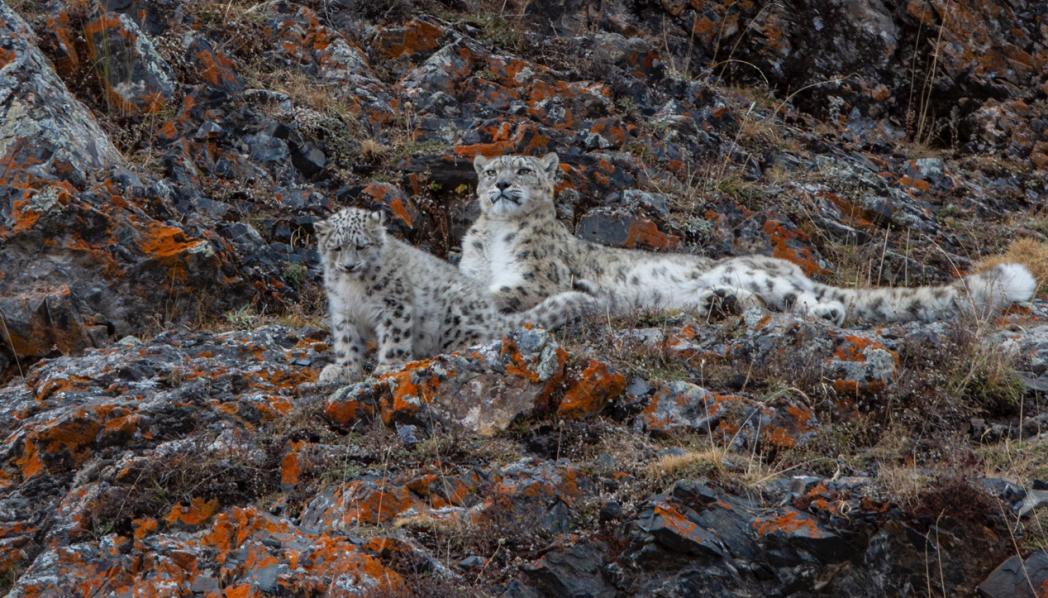
“Most of the time, we can’t even spot her; no clue where she’s off to playing. At barely a year old, Meiduo should still be sticking close to her mom, but Zhuoma has other priorities.”
Luo Xiaoyun, Conservation Photographer
Around a year later, a male snow leopard named Dawa 达瓦 invaded their territory, attempting to court Zhuoma. Eventually, Dawa succeeded. During this time, Zhuoma had no energy to spare for her daughter Meiduo.
One evening Meiduo went to the hillside looking towards her mother and the “annoying male” snow leopard 80 meters away.
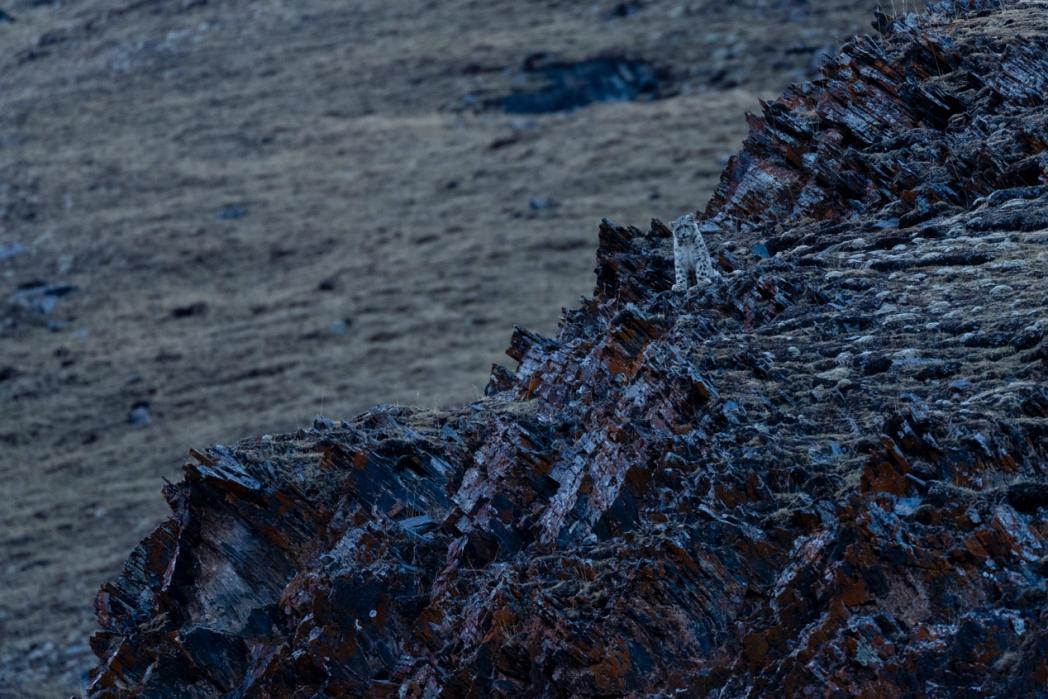
“She maintained this posture for over 30 minutes until night fell completely, and we could no longer see her. In three months, she would face the challenge of living alone for an extended period.”
Luo Xiaoyun, Conservation Photographer
While Meiduo might not quite feel ready to fend for herself, WWF-China’s snow leopard conservation work in the region is giving her the best possible chance of thriving.
WWF’s snow leopard project in China was established in 2016, with main efforts including population surveys and capacity building. Earlier this year, surveys supported by WWF in Qinghai Area and Sanjiangyuan National Park revealed estimated populations of 251 and 1,002 snow leopards respectively. These population size and distribution insights are crucial for guiding effective conservation strategies.
